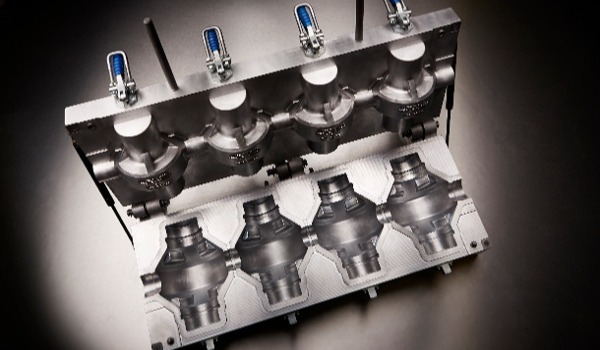For many customers, when it comes to buying mould tooling, there is one over-riding consideration: cost.
You might already know that the cost of mould tooling is largely dependent on its size, complexity, and application.
But did you know that optimising your RFQ could help you save money on your next mould tooling purchase?
Getting your RFQ right will ensure that:
- You get a quote that’s bespoke to your needs.
- Your quote will be accurate, so your budget won’t be constrained by add-on costs.
- You’ll be able to compare quotes efficiently.
- You won’t waste valuable time reiterating your specification to your supplier.
- Your supplier can provide a well-advised lead time.
Ultimately, it’s all about getting the most accurate quote for your specification, as early in your project as possible.
Overall, getting your RFQ right will ensure your mould tooling purchase goes smoothly. We’ll list how in 5 steps below.
Read More:
How to Choose Your Next Tooling Supplier
Why Having Multiple Suppliers is a Great Idea
The Secrets to Successful Lights-Out Machining
1. Provide as much detail as possible on your RFQ.
What features need to be included in your mould tooling?
Whatever the type of tooling required, it’s important to try to cover your specific needs for your production, and include these in your RFQs.
Leaving it to your supplier to determine your requirement for themselves is not ideal. For example, you may have a number of standard features for the fitting of the tooling to machines etc. These may be bespoke to you and, unless stated, will not be included in the quotation.
Give your supplier as much information as possible right from the start. Doing this at the RFQ stage will give you the best chance of receiving the most accurate quotation.
2. Discuss your production requirements.
Discussing your production requirement with your supplier may not only increase your production, but it could save you money on your tooling.
There may be options such as multi cavity moulds for a number of different components, or a more cost-effective solution for smaller runs.
For example, 1 mould unit could consist of 2 identical parts for increased production, or the same unit could consist of 2 different components for shorter runs.
3. Specify the material needed, or, if you don’t know, discuss this with the supplier.
Different types of mould tooling can be produced from a variety of materials, such as resin, tooling board, aluminium and steel. Depending on your application and the material you specify, the cost could vary.
You may already know exactly what material is required, but if you don’t, consult your supplier to find out what will provide more value in the long run. They should be able to recommend the most cost-effective options and point out both the advantages and disadvantages of the materials available. This will take into consideration the production requirement, lifespan of the project, budget, etc.
So, to get a quote for mould tooling that best suits your needs, make sure you specify the appropriate material in your RFQ. Discuss this openly with your supplier so they can advise accordingly.
Read More:
5 Axis vs. 3 Axis CNC Machining: which is better for my tooling?
How much does mould tooling cost?
How to reduce the cost of your next mould tooling project
4. Let them know your lead time requirement.
If you have a date you’ll need your mould tooling by, you should let your potential supplier know straight away.
Providing an indication of lead time requirement at RFQ stage means you won’t be quoted for projects that are unachievable.
That means you won’t waste time comparing quotes that won’t actually deliver. And, more importantly, you won’t accept a quote that will delay your tooling project.
5. Provide feedback.
Value your suppliers and they will value you in return.
Providing feedback builds relationships, and those relationships can go a long way when you’re on a tight budget.
Not only that, but the feedback you provide – be it positive or negative – will shape your supplier’s future offerings.
In future, your feedback may very well be reflected in your buying choices.
Final thoughts
Knowing what to include in an RFQ will help you save time and money.
Giving full and accurate information, as well as requesting advice from potential suppliers, will ensure your quote is accurate and cost optimised.
You’ll be able to compare mould tooling suppliers effectively, avoid unexpected costs and spend more time on what’s important – your project.
If you'd like to discuss your RFQ or any part of your mould tooling project, then we’d love to hear from you. Let us know you'd like to talk by requesting a call back.
For more content like this, follow us on LinkedIn by clicking the button below.


